Writer: Heléne Katzman
When we hear 'Mexico', we think of tacos, drug cartels and Mayan temples. But perhaps most of all, we think of sun and sea - a holiday paradise. The Yucatán Peninsula is known for its beautiful beaches, crystal clear waters and notorious tourist resorts. But just a couple of hours north of Playa del Carmen's umbrella drinks, it's the dogs that beckon.
Table of contents
Isla Holbox - more than a paradise island
There are many reasons to travel to the paradise island of Isla Holbox in the Mexican Caribbean. People from all over the world come here, from retired couples holidaying in luxury resorts to backpackers looking for their next adventure.
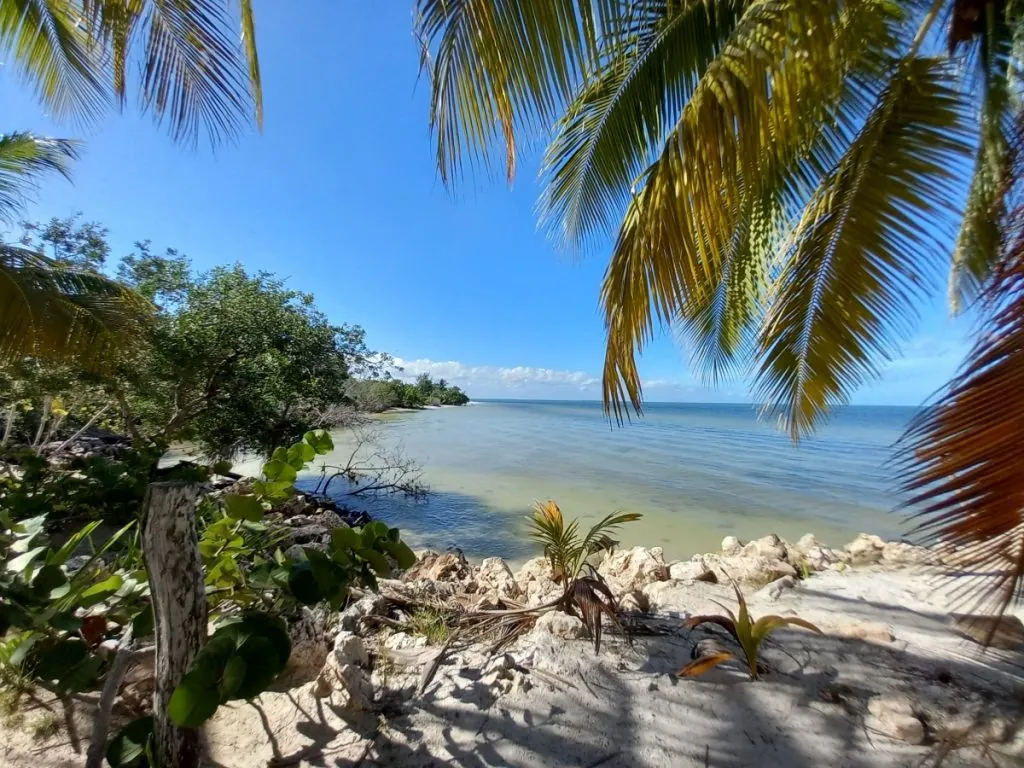
But who would have thought that this paradise with its sandy roads, dreamy sunsets and white beaches has another, more unusual attraction? It's home to the Refugio Animal Holbox, which since 2010 has been a sanctuary for animals that have fallen on hard times.
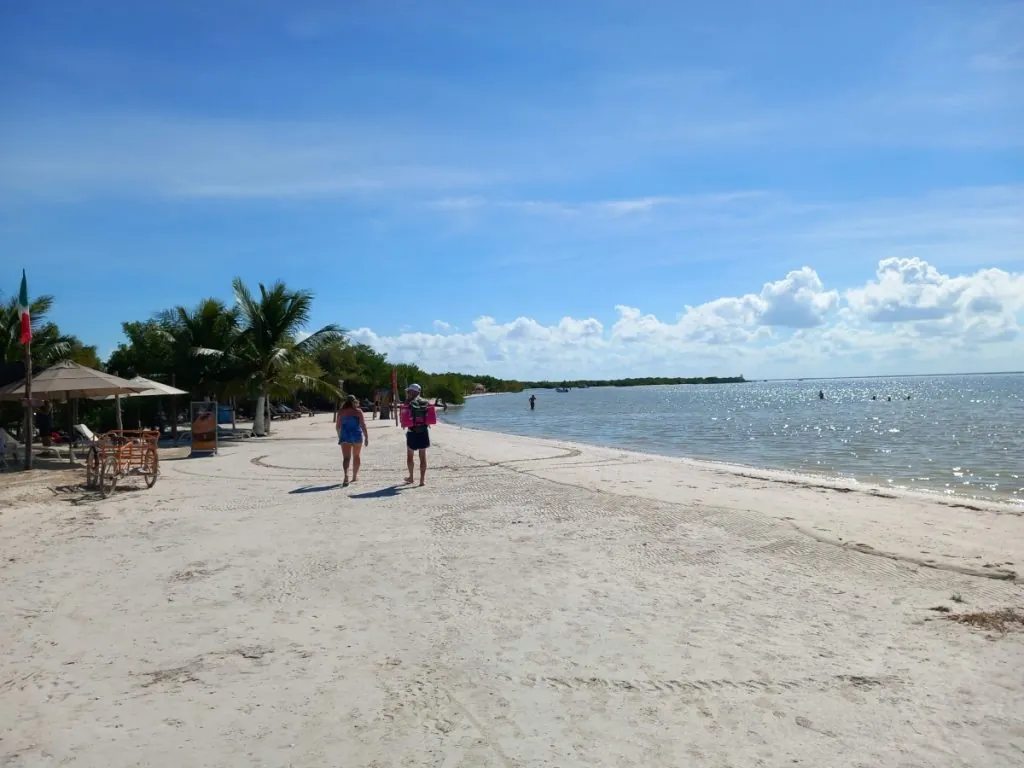
When Morelia Montes arrived at Holbox in 2004, she realised that the animals were in very poor condition, and decided to save every one she could. Travelling by car to the veterinarian in Cancún, and helping the staff, she learned basic animal care and medication.
- The locals thought I was a vet. They started bringing injured raccoons, pelicans, snakes, even crocodiles to my house. All I could do was learn how to take care of them.
According to Morelia, there is no specific day when the idea for the shelter was born. Bit by bit, her house was filled with injured animals. She started to call it an "animal sanctuary" and chose to move out herself.
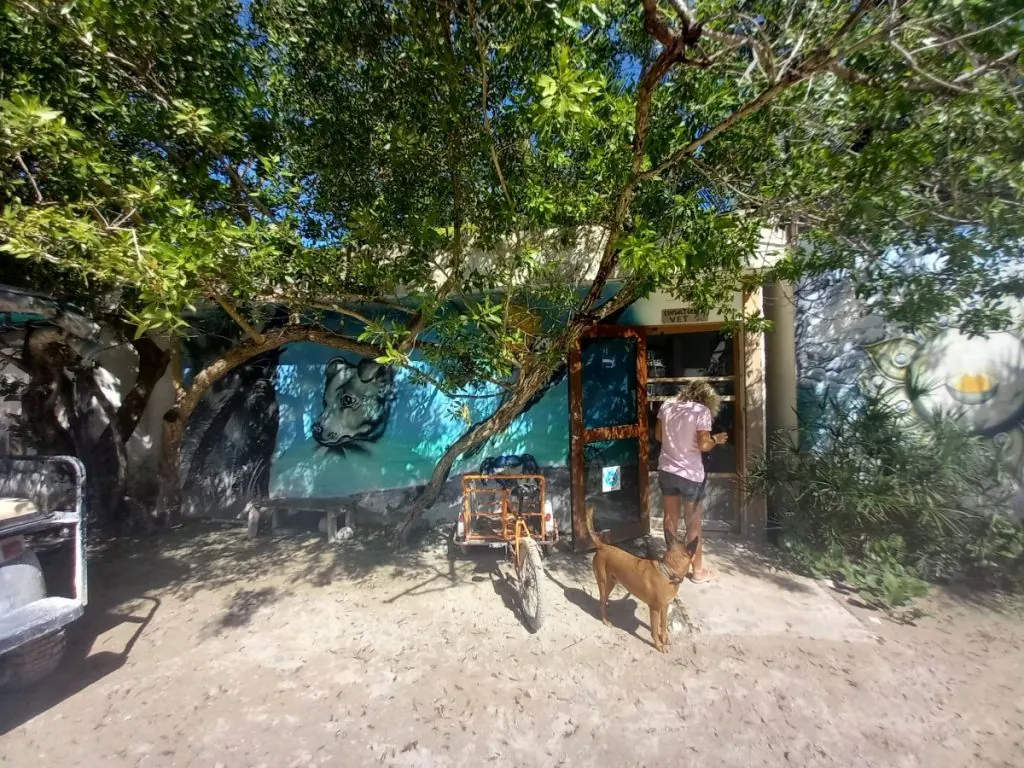
The two who stole her heart were Gamaliel the pelican and Venacio the raccoon. Although Gamaliel only had one wing, he always danced when he saw Morelia during the nine years she had him. And when Venacio came to her as a baby, she knew nothing about raccoons.
- I fed him with a bottle and let him grow up among dogs and cats. The locals loved Venacio. To honour him, we have chosen his face as our logo," says Morelia.
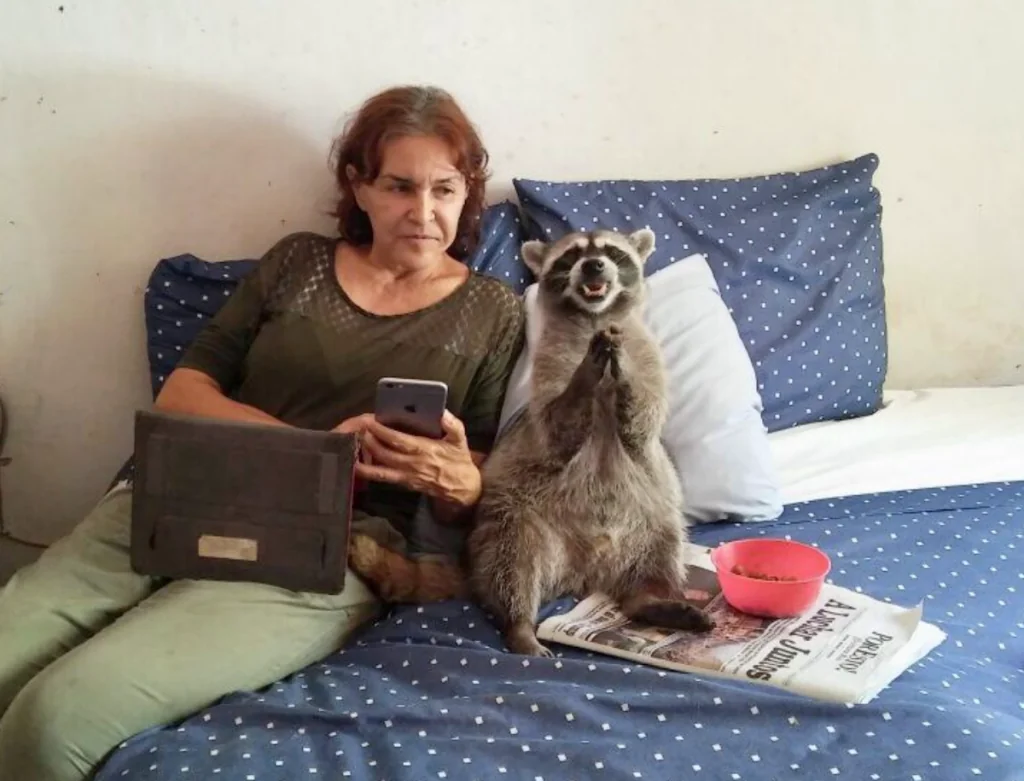
Success stories and adoptions
Of all the animals Morelia and her team have rescued and rehomed, there are success stories that stand out. She remembers a severely ill bitch and her puppy who were living on the streets as strays. They both suffered from mange and were severely malnourished.
- One day, a Canadian family was walking Mara on the beach. They fell so in love with the puppy that they decided to adopt her. A year later, the family asked if we still had the mum, I said "yes", and they decided to adopt her too.
Thanks to Refugio Animal Holbox, mother and daughter were reunited in Canada, and three more dogs have been adopted by family friends. Another story with a happy ending is the dog Kipchan (meaning "beautiful" in Mayan) who was hit by a car in Cancun.
She was pinned down and dragged for six kilometres before the driver untied her only to leave her to die by the roadside. Morelia remembers standing nervously at dawn, waiting for the first boat to the mainland, hoping to rescue Kipchan.
- Her spine and paws were broken, half her face burnt away. Recovery was long and painful, but she is strong; a survivor. She "ran" crawling, and after two years she was adopted by a couple from Boston who fell in love with her. She now lives there and gets all the specialised therapy and love she needs.
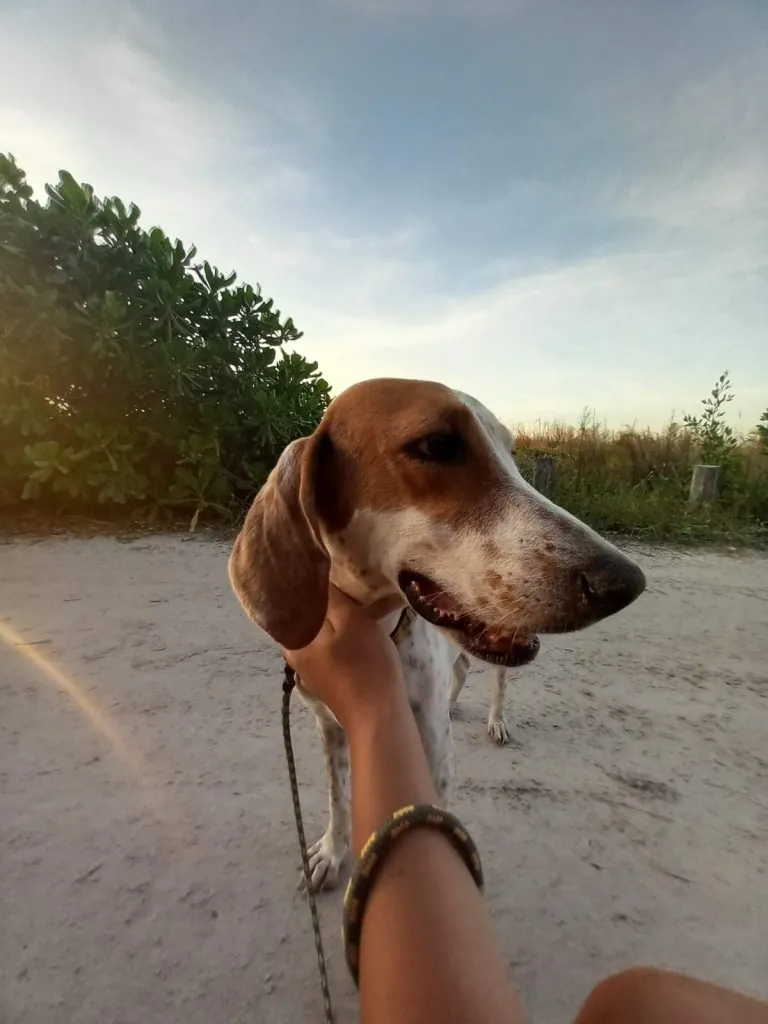
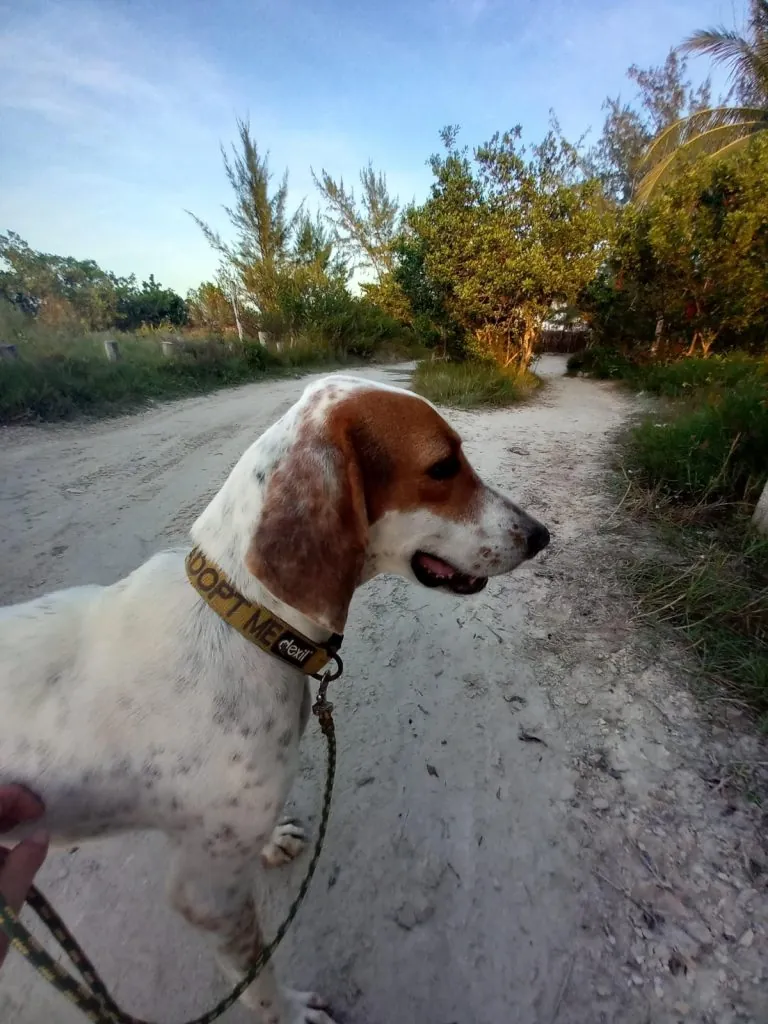
The shelter and the community
For many animals, Refugio Animal Holbox is the difference between life and death. Often they are neglected, abused or have accidents when they are hit by cars and left on the side of the road, often due to ignorance. Morelia's dedication and hard work has inspired the people of Isla Holbox as well as mainland Mexico. People now understand the link between sterilisation and animal welfare.
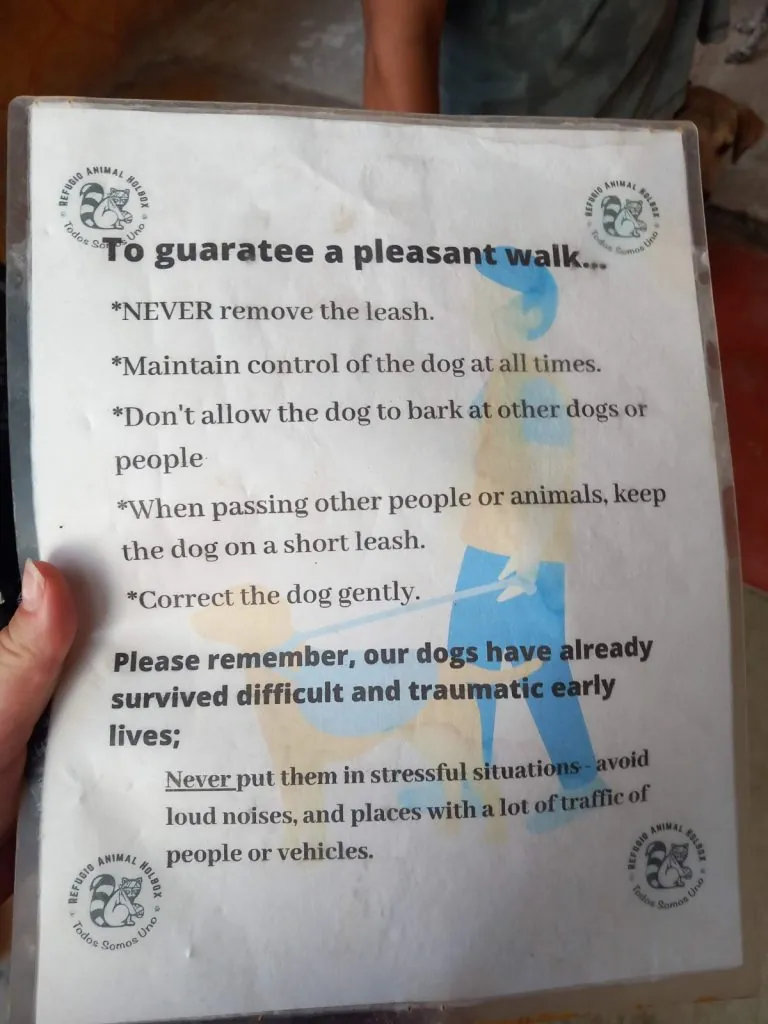

- Before the pandemic, we organised free campaigns and carried out around 5000 sterilisations together with another volunteer organisation. Unfortunately, we no longer have access to their doctors and have to manage on our own with the simple means we have.
They have three veterinarians who, according to Morelia, perform miracles, but because resources are very limited, they have to go to Cancún for X-rays and analyses. But they have never received any help from the government. Even though they are understaffed in every way.
- We love our work. We do what we can to create a safe place with love and respect for the animals that need it most. The goal is to give them quality of life.
The impact of Refugio Animal Holbox on people and animals is undeniable. Today, cases of neglect and animal abuse on the island are extremely rare, and every dog has a home - either with a family or at the shelter - something Morelia is very proud of. She cannot say exactly how many animals they have rescued, as they do not keep records, but she estimates it to be several thousand.
- Registering all the animals that pass through here would take time and focus away from those who need us most. We have over a hundred dogs and around thirty cats. The work is extremely hard and time-consuming. But we fight on and refuse to give up. They deserve a better life," says Morelia.
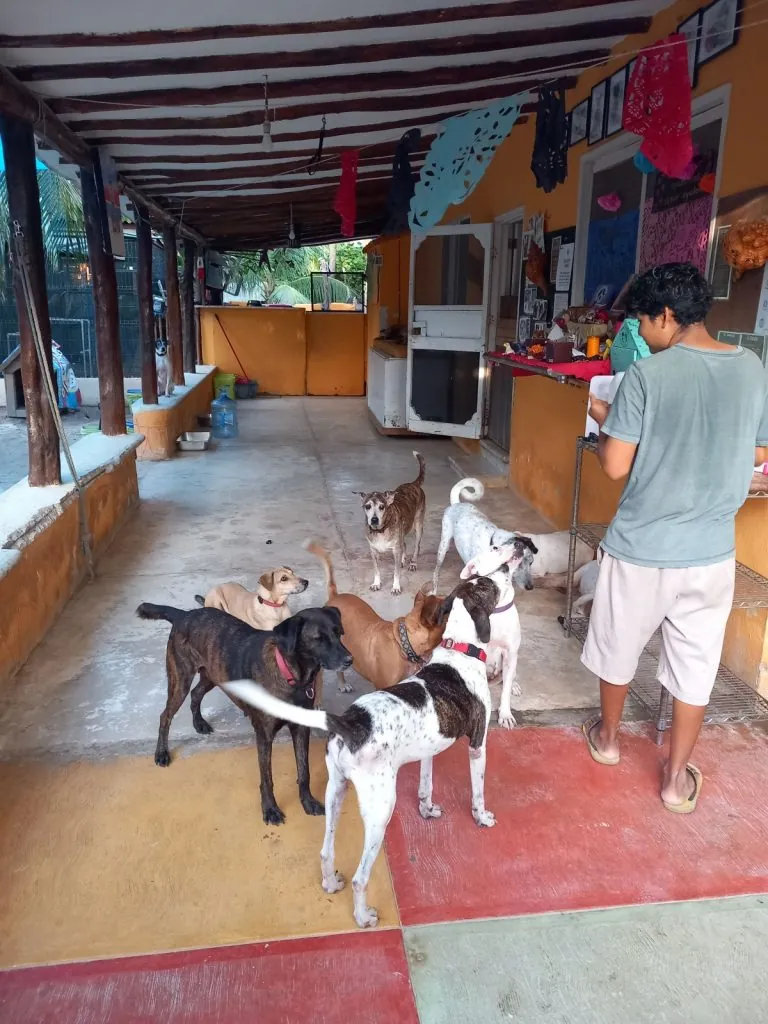
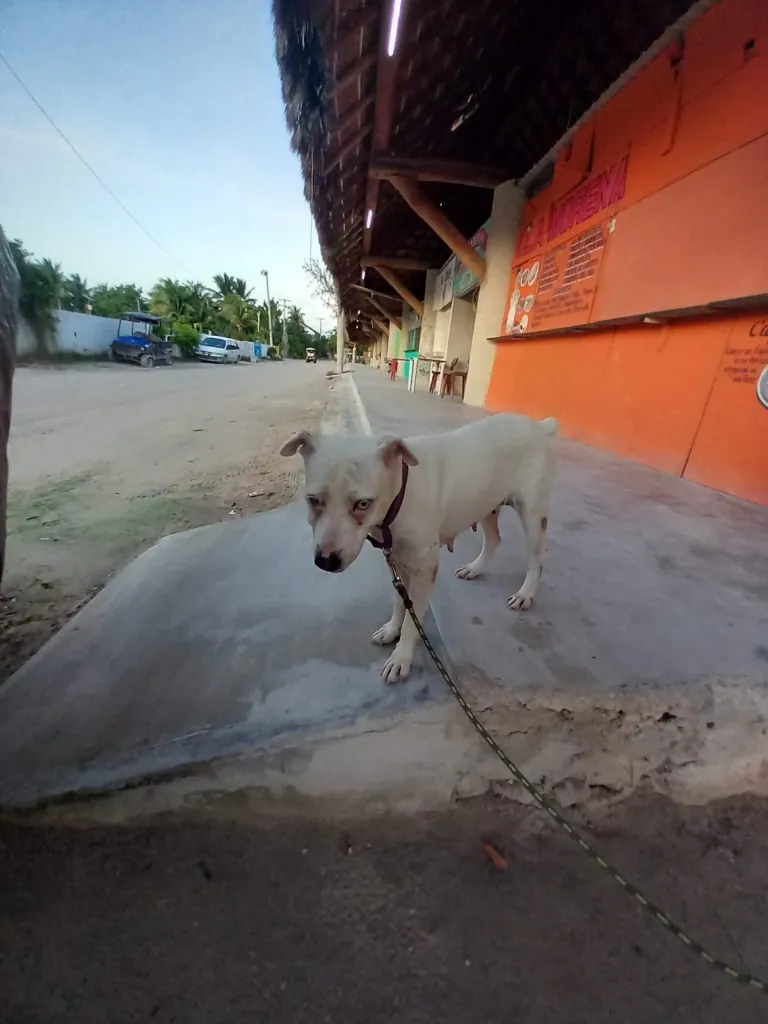
A day at Holbox - how you can help
The keen are welcome to help out on site. Just a block from the centre of Holbox's most popular sunset viewing spot is Refugio Animal Holbox. The sounds of dogs playing and frolicking fill the air, and the streams of people lining the gate are not to be missed. Why not take a stroll along the white beach, swim, cuddle and play as much as you can?
Even if you don't speak Spanish or have had a dog of your own, any help is appreciated. Staff speak English and will provide you with a dog you feel comfortable with. Walks take place between 8am and 11am and from 5pm to 7pm to protect the dogs from the hottest hours of the day. If you want to support or know how you can help, you can find out more at: www.refugioanimalholbox.com.
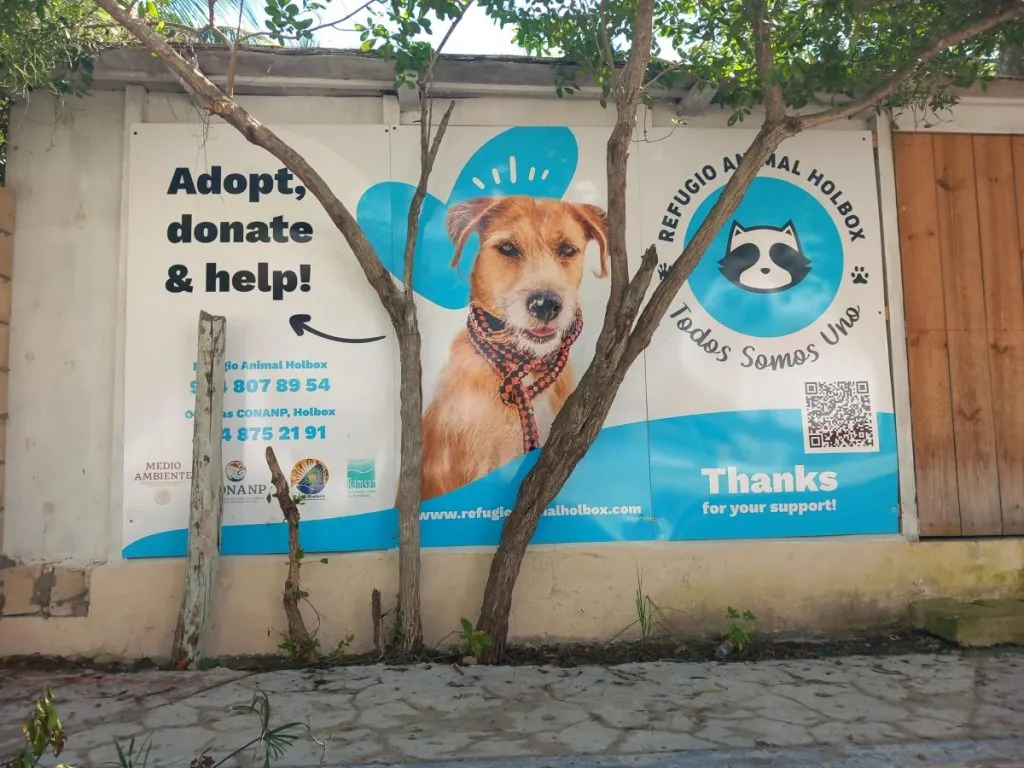
Flying angels
Flying angels, or "angels del vuelo" in Spanish, are what the travellers are called who help transport the dog or cat to its new home country. The most common countries that adopt from Refugio Animal Holbox are Canada, Holland and Germany.
Sometimes it is not possible for the new owners to pick up their new family member themselves, and the flying angels are the real saviours. As well as doing a good deed, they also get the flight ticket paid for by the new owner.
Morelia says it is important that adopters understand that this is not a 'summer cat', but a permanent solution for the rest of the animal's life, and that everyone in the home must be on the same page to avoid conflict.
- They have already been through so much, and should not have to endure any more pain. We are incredibly grateful for all the help we receive from travellers all over the world. Without them, it would be impossible to continue.
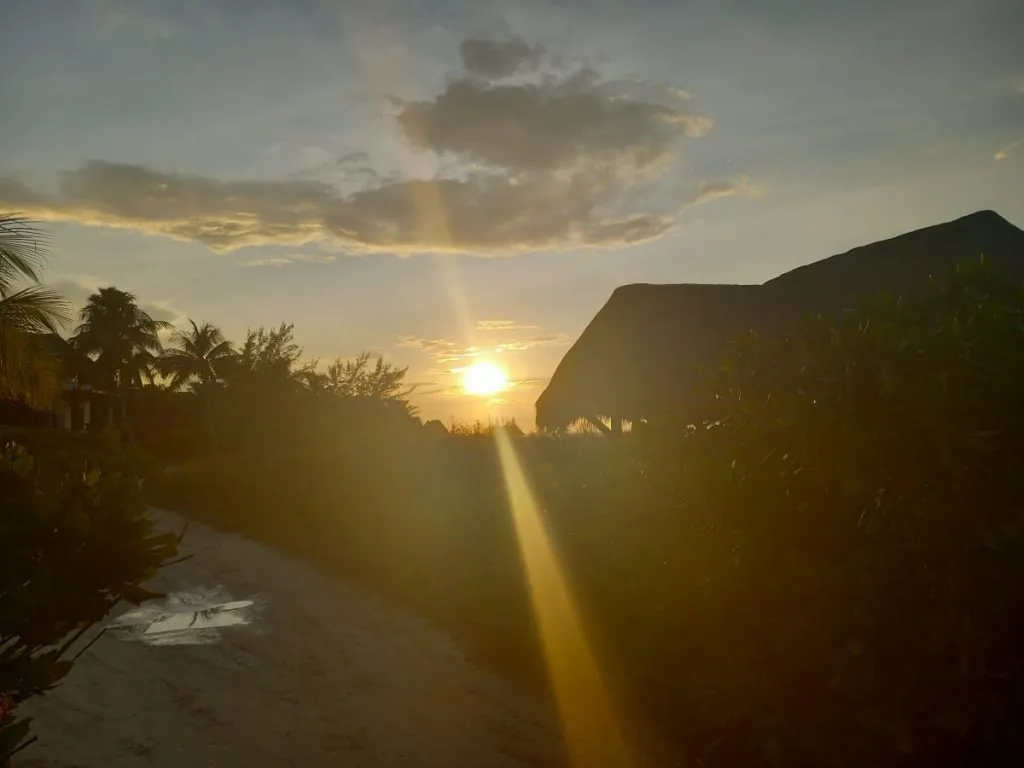
Morelia Montes
- Name: Morelia Montes
- Born: 1953 in Colombia
- Family: Son Richardo, born in 1972
- Work/occupation: Owner and founder of Refugio Animal Holbox
- Interests and passion: Environmental activist. Morelia has always fought to defend the environment at Holbox and its surroundings. She is dedicated to teaching children to respect nature and is involved in several nature organisations.
Morelia moved from Colombia to Mexico City in 1979. In 1981, she was joined by her sister and together they started the company Bari Swimwear. In 2004, she left the city for a life in the Caribbean on Isla Holbox, but shortly afterwards she lost her house in Hurricane Wilma in 2005. With no financial support, she put all her savings into what would become Refugio Animal Holbox.
How to travel to isla Holbox
From Cancún International Airport, take an ADO bus or minivan north to the port city of Chiquilá. The journey takes approx. 2.5 hours and costs between 135 kr - 190 kr.
From Chiquilá, take the Holbox Express or 9 Hermanos ferry to Isla Holbox. It takes about half an hour and costs around €215 if you buy a return ticket.


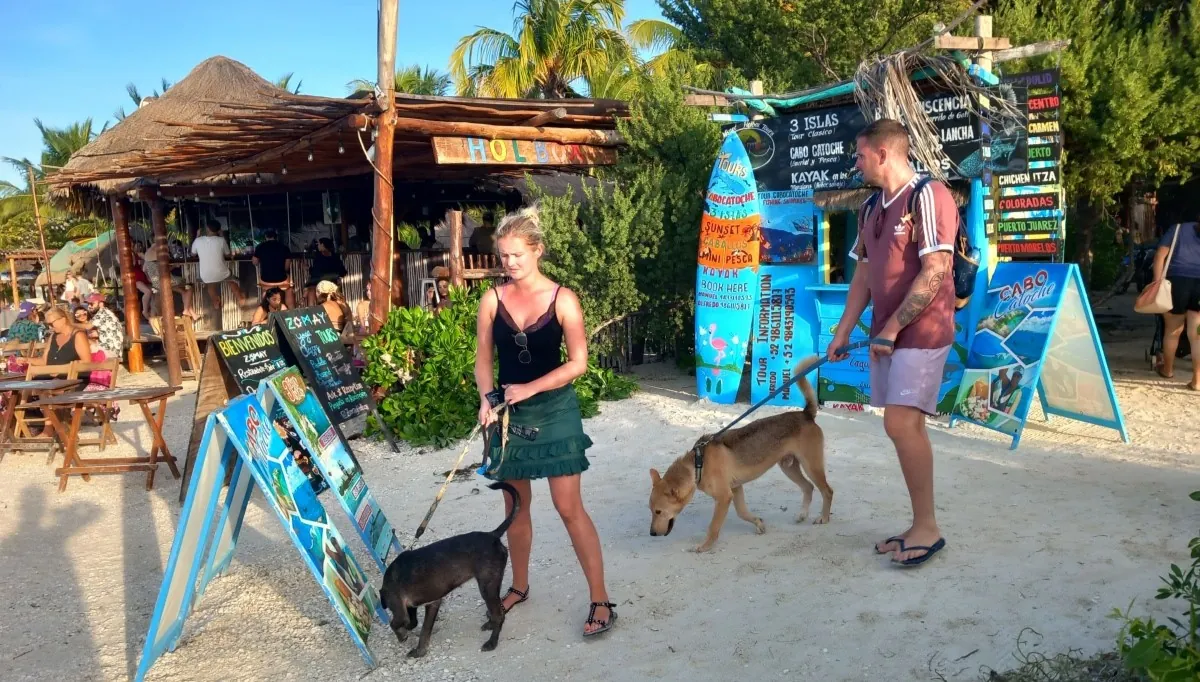






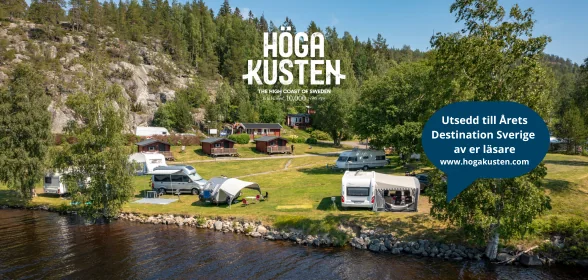

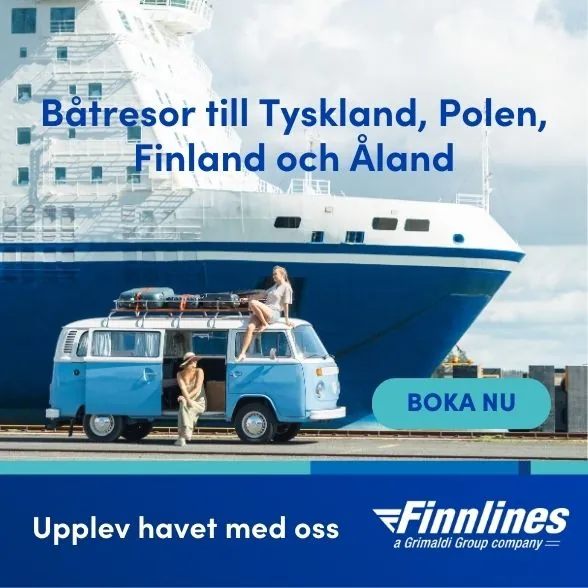

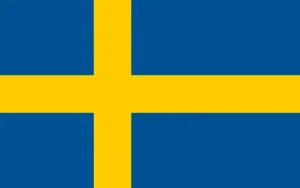
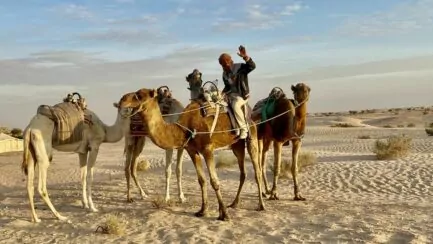
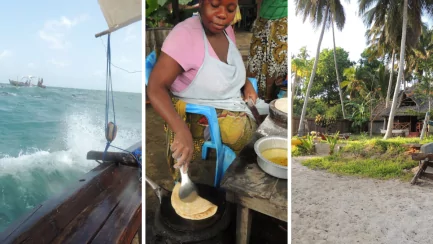
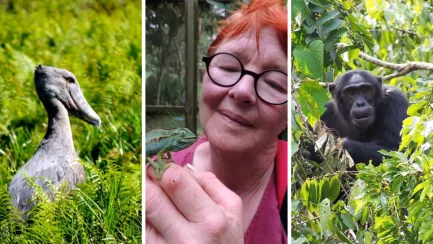
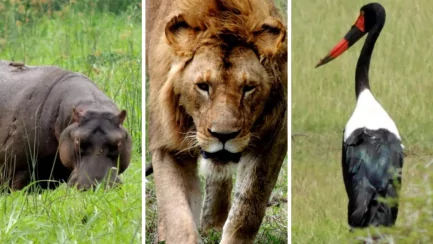
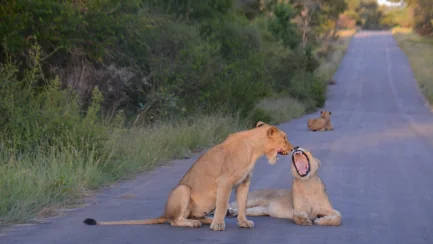
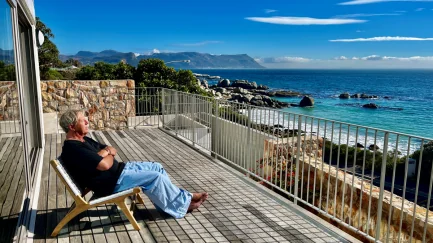
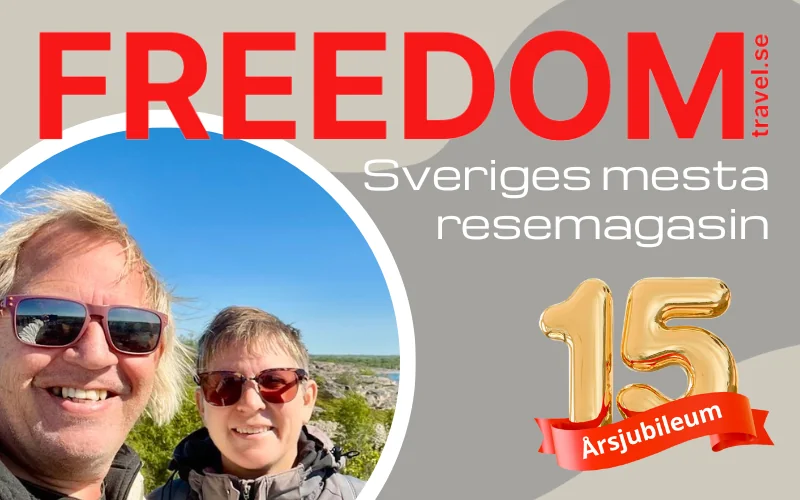
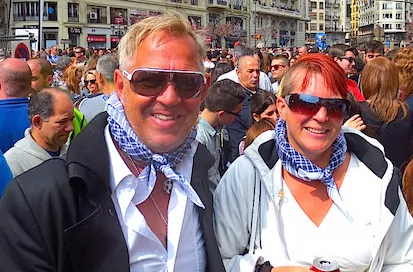

Marika says:
What an interesting and important post!
25 May 2025 - 8:20